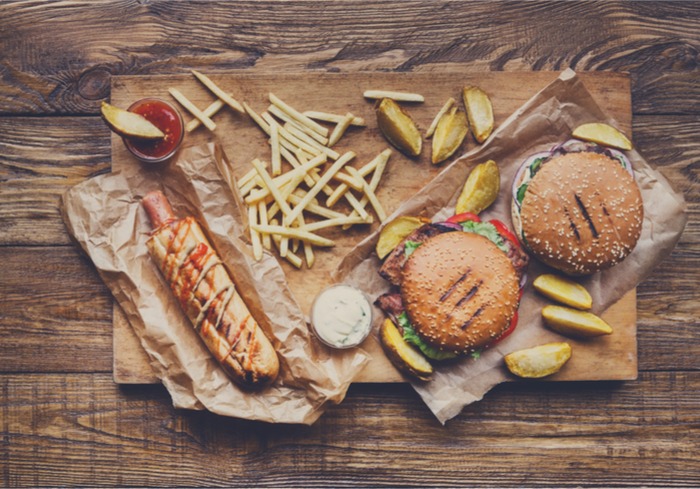And though some restaurants are making strides on technological innovation, some restaurants still have a way to go. The average Restaurant Readiness Index score in Q4 2017 was only 38.7 out of 100, according to the PYMNTS Restaurant Readiness Index. As restaurants seek to innovate with consumer preferences in mind, here are some online features that consumers look for in their preferred restaurants:
Third-Party Aggregator App
Fifty-five percent of surveyed consumers in Q4 of 2017 said the most important reason they prefer their merchant was a third-party aggregator app. For example, UberEATS, the food delivery branch of the ridesharing company, was on track to post more than $3 billion in gross sales by 2017’s end, Financial Times reported. Introduced in 2014, alongside a handful of other experimental services, UberEATS operates worldwide in 29 countries. In terms of other services, Grubhub has added 50 markets for food deliveries in 2018 — including 34 before the quarter ended on March 31 — and is on track to at least double that growth by the end of the year, according to Grubhub CEO Matt Maloney in May.
Delivery
Twenty-six percent of surveyed consumers in Q4 of 2017 said the most important reason they prefer their merchant was delivery. And delivery is on the move: Overall, food delivery sales grew 51 percent from August to March. Eleven percent of U.S. restaurant sales are expected to come from delivery orders by 2022, an increase from an estimated 6 percent in 2017, according to Morgan Stanley Research. That is a $32 billion market opportunity within four years.
Advertisement: Scroll to Continue
Loyalty
Twenty percent of surveyed consumers in Q4 of 2017 said the most important reason they prefer their merchant was loyalty. While TGI Fridays blazed a rewards and loyalty trail that countless restaurants have followed since 2008, the chain announced in April it will be taking that customer experience to the next level through a partnership with customer data and engagement platform SessionM. The new program provides static rewards (“Earn a free dessert at 50 points” and “Get a free burger at 100”) for more dynamic and real-time rewards experiences that may or may not revolve around food.
Debit Cards
Sixty-one percent of surveyed consumers in Q4 of 2017 said the most important reason they prefer their merchant was debit cards. The news comes as a study found that the number of payment cards issued globally reached 14 billion in 2016 and is predicted to rise to 17 billion by 2022, boosted by an increase in overall debit card issuance. RBR, a strategic research and consulting firm, recently published its “Global Payment Cards Data and Forecasts to 2022” report. The firm found the number of payment cards worldwide increased by 8 percent to 14 billion in 2016, and those numbers are expected to rise by 22 percent to 17 billion by 2022.
Gift Cards
Fifty-five percent of surveyed consumers in Q4 of 2017 said the most important reason they prefer their merchant was gift cards. In particular, gift cards have been the most requested holiday gift by consumers for the past 11 years, according to a National Retail Foundation report. That popularity may only grow: Gartner projects that the gift card market could reach $160 billion in 2018, giving merchants an extra incentive to set higher goals for their gift card programs.
Going forward, ordering ahead from connected devices that consumers bring with them or have available via their car dashboard might present an opportunity for QSRs. PYMNTS’ Digital Drive study of 2,000 consumers, for instance, reported that $212 billion of commerce is done while consumers commute to and from work, with $66 billion in food and coffee orders alone.




